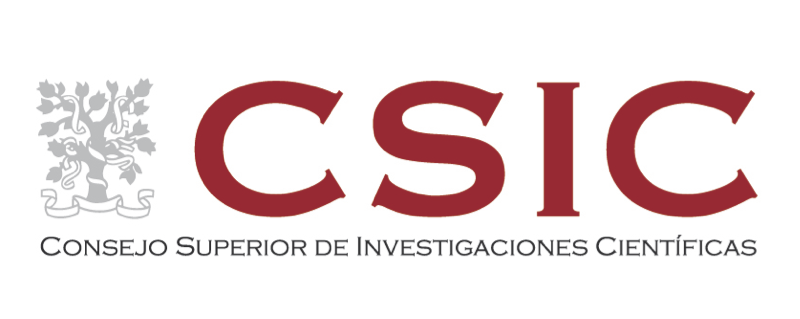European Journal of Organic Chemistry, vol. 2015, nº 28, pags. 6180 - 6193 (2015)
Article preview
Mannose glyco-oligoamide β-D-Man-Py-γ-Py-Ind (β-D-Man, 1) and two new glyco-oligoamides, β-L-Man-Py-γ-Py-Ind (β-L-Man, 2) and 6-deoxy-β-D-Man-Py-γ-Py-Ind (6-deoxy-β-D-Man, 3), have been designed and synthesized to investigate the role of hydrogen-bonding cooperative donor centres of carbohydrates in their recognition by DNA. The free- and bound-state geometries were studied, as were the affinities of the D and L enantiomers of the mannose glyco-oligoamides (1 and 2) for DNA polymers [ct-DNA and poly(dA-dT)2 ]. TR-NOESY and DF-STD experiments for the diastereomeric complexes formed with DNA allow the asymmetric centres of the sugar residue that are close to the inner and outer regions of the DNA minor grooves to be distinguished. A C→N hairpin folding in β-L-Man derivative 2 was observed, with the α face of the sugar close to the indole ring. The C-2 and C-3 centres are orientated towards the inner region of the DNA minor groove. The affinity data for poly(dA-dT)2 indicate that there is a chiral discrimination process, with β-L-Man derivative 2 being the best ligand. 6-Deoxy-β-D-Man derivative 3 forms the least stable complexes with DNA. Molecular dynamics simulations of β-L-Man derivative 2 in complex with a double-strand dodecamer d(AT)12 are in agreement with the experimental NMR spectroscopic data. Thus, the cooperative donor centre 2-OH in the L-mannose enantiomer is a key contributor to the stability of the 2·poly(dA-dT)2 complex. Structural and affinity data have been obtained for different mannose oligoamides when binding to DNA polymers. A β-L-Man ligand (2) binds to poly(dA-dT)2 with a more well-defined structure, consistent with a better affinity. Thus, the placement of cooperative hydrogen-bond donor centres towards the inner region of the minor groove increases the binding affinity for polyAT(dA-dT)2 . Copyright © 2015 WILEY-VCH Verlag GmbH & Co. KGaA, Weinheim.




